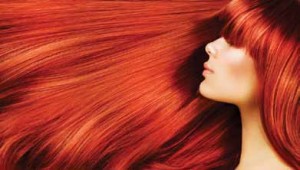The Language of Color
 I feel the biggest problem with a visit to a salon is communication.
I feel the biggest problem with a visit to a salon is communication.
This problem can leave a guest with undesirable results. This is especially true when it comes to hair color. So I would like to take the opportunity to share with you a bit of our language.
The two factors that we will be talking about this month are Tone and Depth.
DEPTH
Depth is the easiest of the two to understand. We as stylists have a system of measurement, it is based on a scale of 1-10 (some color lines have 1-11, however not a big difference between 10 and 11). In this system of measurement 1 is the darkest and 10 is the lightest.
Very simple to understand. One of course would be black and 10 would be palest blonde.
TONE
Tone however is a bit more complicated. So let’s start by looking at tone in its simplest form. The two basic tones are warm and cool.
Warm tones would be Gold, Red, and Orange (orange is a combination of mixing gold and red which are two of the three primary colors). Several people will see copper and red as both red tones, however copper is a combination of red and gold. Which of course puts it in the orange family.
Ash tones are Blue (blue is the 3rd and most dominating primary color) Beige, and Green (green is a combination of yellow and blue). Most times when a warm tone is mixed with a cool tone the cool will dominate. Beige leans toward a violet tone which is a combination of Blue and Red, that’s why if not used in a proper application, some beige can turn hair pinkish.
I hope that makes Depth and Tone seem a bit easier. Depth and tone used in a simple form is easy to understand. So if it is so simple then why are color results at times off target? This is where Underlying Contributing Pigment comes in, which we will talk about in the January 2014 issue and its effects with tones.



Leave a Reply
Want to join the discussion?Feel free to contribute!